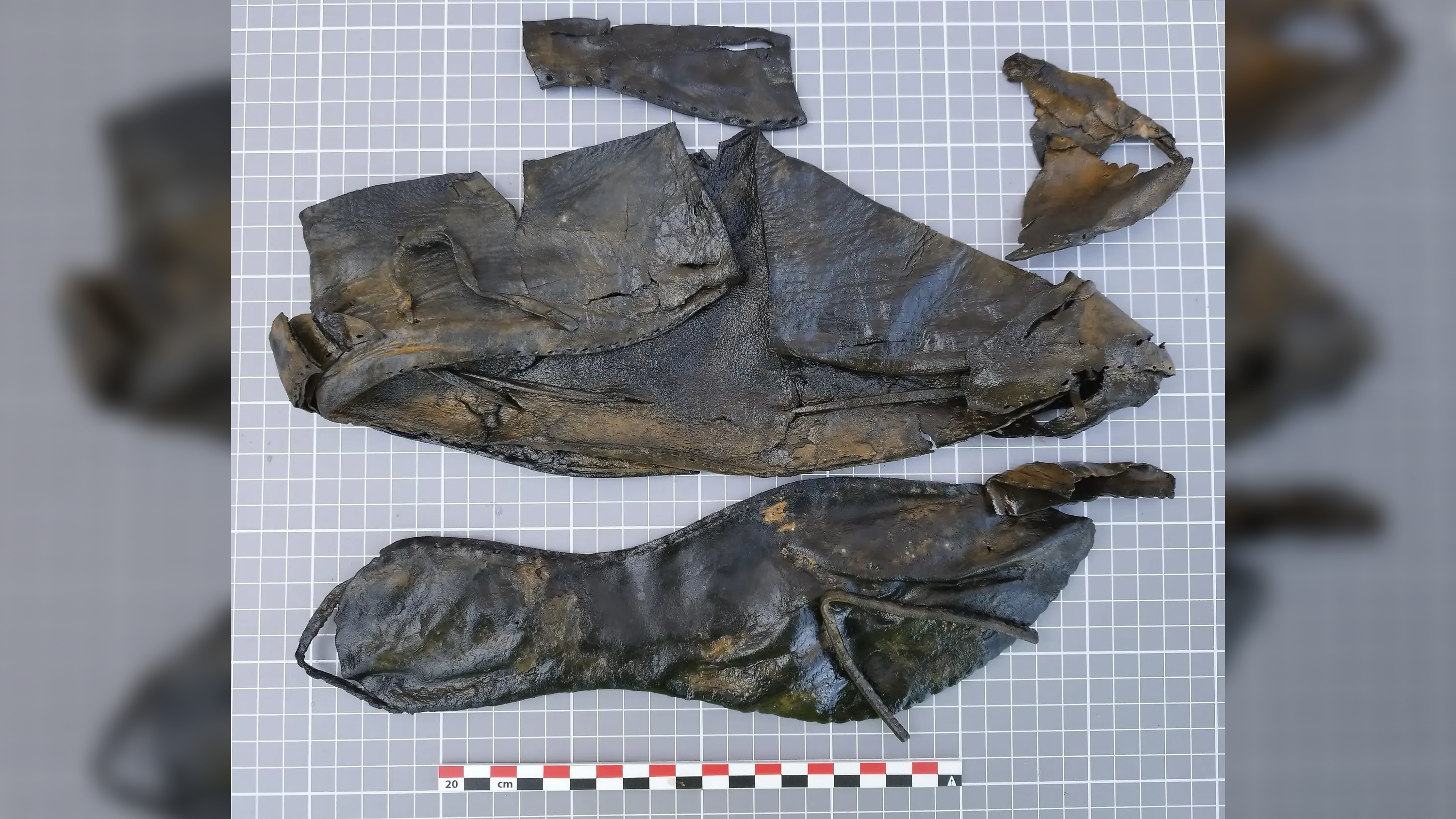Medieval synagogue that predates the Inquisition found hidden under Spanish nightclub
A highly significant find, this 14th-century synagogue is a rare example of Jewish religious life in medieval Spain.

Before this building in Spain was a nightclub, it was a hospital, a church, and a school. But archaeologists have recently determined that, originally, the structure was a medieval Jewish synagogue — one of only five remaining in all of Spain.
Archaeologists first examined the building in 2021 after they came upon a description left by a 17th-century priest and historian named Rodrigo Caro. In 1604, Caro described Utrera, a municipality in southwest Spain not far from Seville, as a place where before his time "there were only foreign people and Jews there, for which reason they called it Val de Judíos [Valley of the Jews], who had their synagogue where the Hospital de la Misericordia is now."
The Utrera synagogue was built in the 1300s and likely survived the 1492 expulsion of Jews from Spain because it was reused and added to over the years, according to Miguel Ángel de Dios, the archaeologist leading the scientific investigation of the building.
Anti-Jewish sentiment in Spain had been building throughout the 12th and 13th centuries, but at the end of the 14th century, a wave of violence against Jews culminated in the Massacre of 1391. Some authorities estimate as many as 50,000 Jews were killed in this massacre, following which around a quarter million converted to Catholicism to avoid persecution. A century later, King Ferdinand and Queen Isabella issued the Alhambra Decree of 1492, to expel all remaining Jews from Spain. Their goal was to curb the influence of practicing Jews over those who had converted following the 1391 massacre. In doing this, they fulfilled a goal long held by Tomás de Torquemada, the Grand Inquisitor of the Spanish Inquisition, who feared that Jews had tainted blood and that superficial converts from Judaism were a threat to Catholic religious and social life.
The Utrera synagogue, whose identification was announced on Feb. 8, is therefore an incredibly rare example of medieval Jewish religious life in Spain. Mayor José María Villalobos called the press conference "an extraordinary event in an extraordinary building."
Related: Pendants from Holocaust victims found near gas chamber in Poland

Archaeologists led by Miguel Ángel de Dios have recovered essential parts of the synagogue complex, including the sanctuary with the ark where the sacred Torah scrolls were kept, according to local news source UtreraDigital. The researchers are now trying to determine where the mikveh — the ritual bath — was located, and de Dios also hopes to find the rabbi's house and rabbinical school.
Get the world’s most fascinating discoveries delivered straight to your inbox.
"The Utrera synagogue could be a highly significant find," Julie Harris, an independent art historian who specializes in Iberian-Jewish material culture, told Live Science in an email. "Standing synagogue remains in the Iberian peninsula are limited," said Harris, who was not involved in the research. "It is no surprise that a synagogue would be repurposed, possibly many times and for many uses, after the expulsion of the Jews."
But Harris cautions that Spain's recent boom in cultural heritage tourism could create an incentive to tout a fantastic discovery prematurely. "When it comes to this or any other announcement of the discovery of Jewish material culture, I would reserve judgment until the excavation reports are published, preferably in a peer-reviewed journal," she said.
De Dios, for his part, hopes the discovery helps recover a fundamental part of the history of the region. "I am talking about being able to have the opportunity to peek into who the Sephardi [Jewish exiles from Spain] were and complete the information that we have about this historical moment and how important it is culturally and socially for us today," he said in Spanish.

Kristina Killgrove is a staff writer at Live Science with a focus on archaeology and paleoanthropology news. Her articles have also appeared in venues such as Forbes, Smithsonian, and Mental Floss. Killgrove holds postgraduate degrees in anthropology and classical archaeology and was formerly a university professor and researcher. She has received awards from the Society for American Archaeology and the American Anthropological Association for her science writing.
